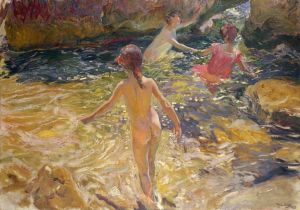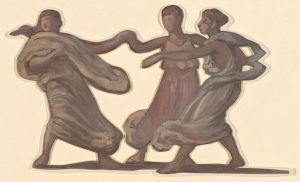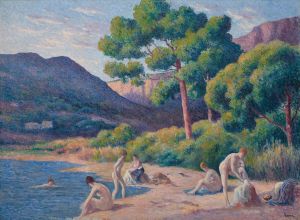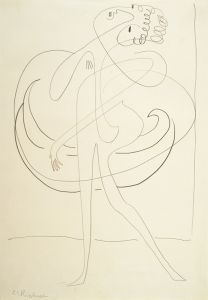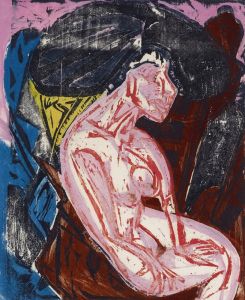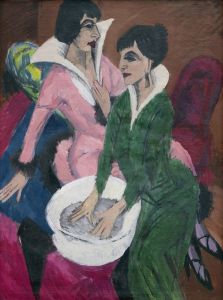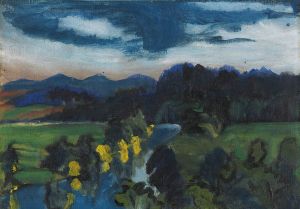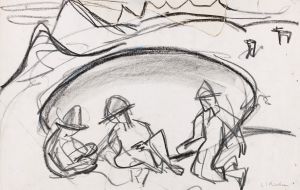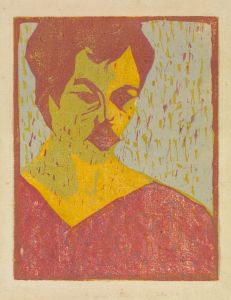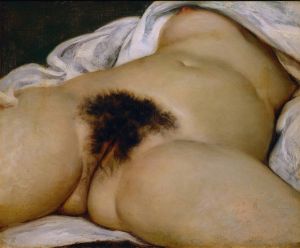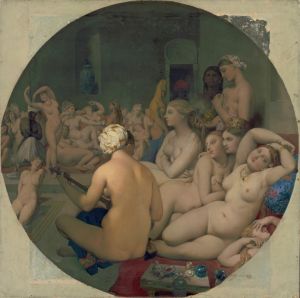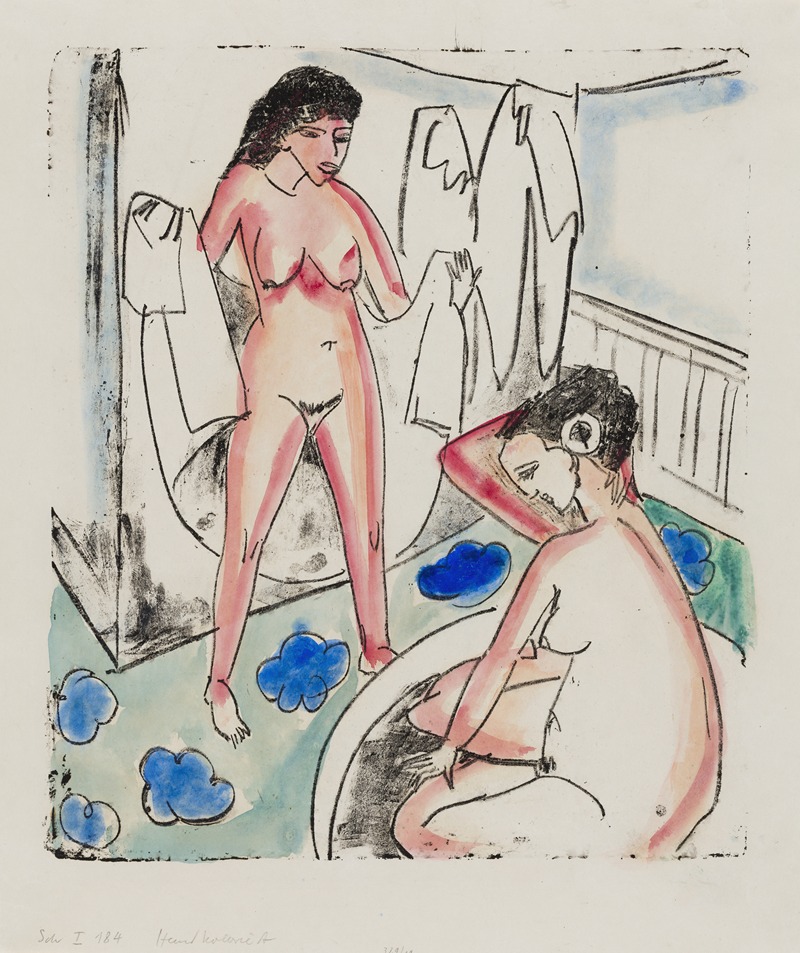
Bathing Girls in a Room
A hand-painted replica of Ernst Ludwig Kirchner’s masterpiece Bathing Girls in a Room, meticulously crafted by professional artists to capture the true essence of the original. Each piece is created with museum-quality canvas and rare mineral pigments, carefully painted by experienced artists with delicate brushstrokes and rich, layered colors to perfectly recreate the texture of the original artwork. Unlike machine-printed reproductions, this hand-painted version brings the painting to life, infused with the artist’s emotions and skill in every stroke. Whether for personal collection or home decoration, it instantly elevates the artistic atmosphere of any space.
Ernst Ludwig Kirchner, a prominent German expressionist painter and one of the founding members of the art movement Die Brücke (The Bridge), created numerous works that explored themes of modernity, human form, and psychological depth. Among his notable works is Bathing Girls in a Room (Badende Mädchen im Zimmer), a painting that reflects his characteristic style and thematic focus.
Kirchner painted Bathing Girls in a Room in 1913, a period when he was deeply engaged in exploring the human figure in intimate and dynamic settings. The painting depicts a group of nude women in an interior space, rendered in bold, angular forms and vibrant colors. This work exemplifies Kirchner's expressionist approach, characterized by exaggerated proportions, distorted perspectives, and a vivid, almost unnatural palette. These stylistic choices were intended to evoke emotional intensity and a sense of immediacy, hallmarks of the expressionist movement.
The subject of bathing figures was a recurring motif in Kirchner's oeuvre, as it allowed him to study the human body in natural and unguarded states. While earlier works from his Die Brücke period often depicted bathers in outdoor settings, such as rivers or lakes, Bathing Girls in a Room brings the scene indoors, creating a more intimate and enclosed atmosphere. The painting reflects Kirchner's interest in the interplay between the human form and its surrounding environment, as well as his fascination with themes of modern life and personal freedom.
Kirchner's works from this period were influenced by a variety of sources, including non-Western art, German folk traditions, and the urban experience of early 20th-century Berlin. His use of sharp lines and flattened planes in Bathing Girls in a Room demonstrates his engagement with these influences, as well as his desire to break away from traditional academic techniques.
Today, Bathing Girls in a Room is recognized as an important example of Kirchner's contribution to expressionism and his innovative approach to depicting the human figure. The painting is housed in the Brücke Museum in Berlin, which holds a significant collection of works by Kirchner and other members of the Die Brücke group. The museum provides valuable insight into the development of German expressionism and Kirchner's role within this influential movement.
This artwork, like much of Kirchner's output, continues to be celebrated for its bold experimentation and emotional resonance, offering viewers a glimpse into the artist's unique vision and the broader cultural currents of his time.





